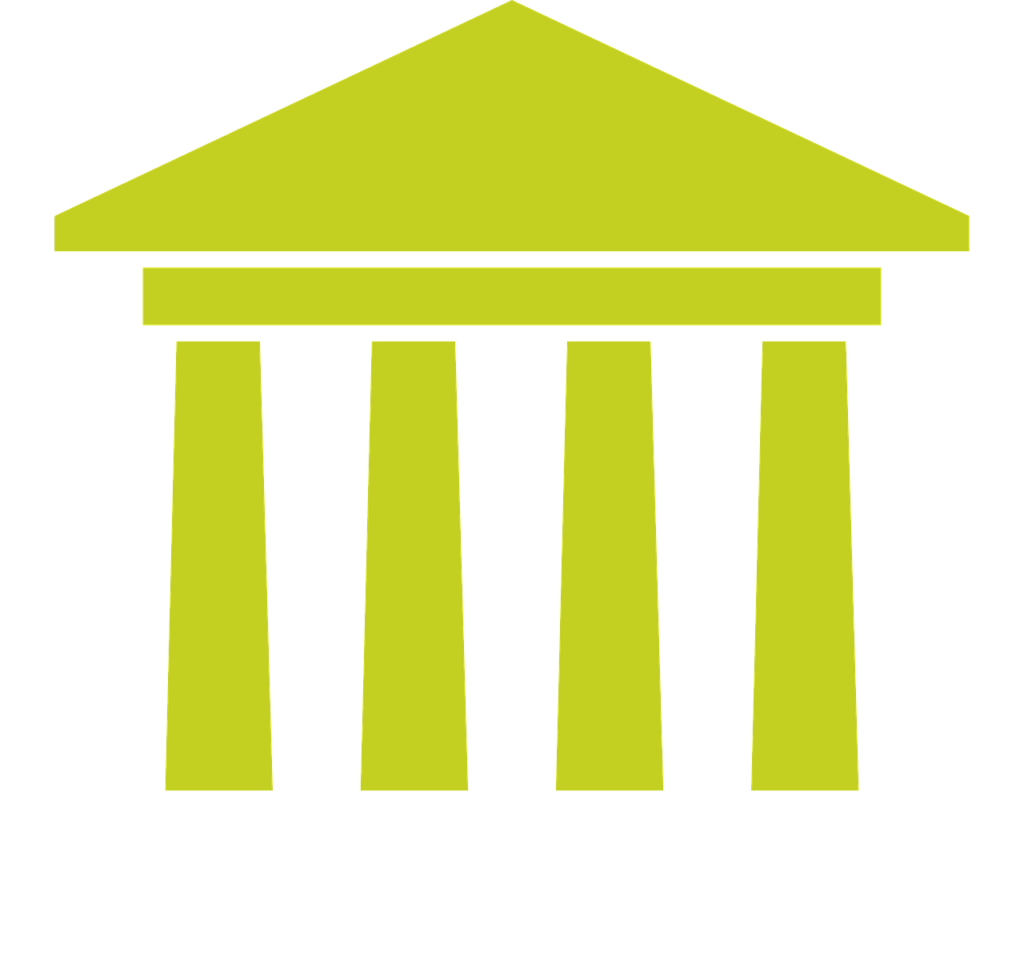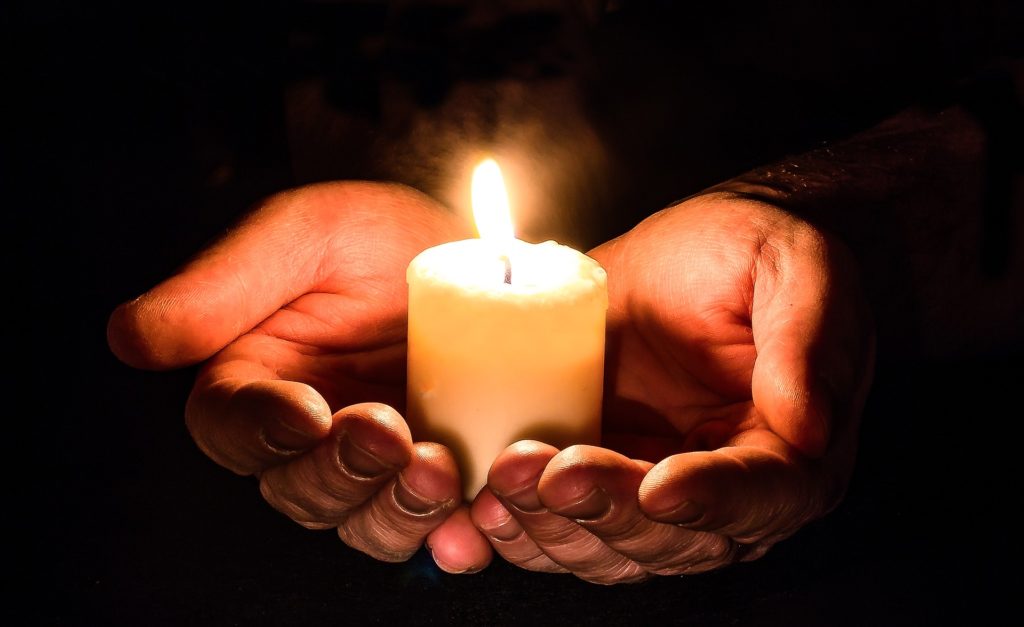Schenectady Addiction Treatment Centers
Inpatient Drug Treatment Schenectady New York
Perhaps due to its proximity to Albany, the substance issues of both upstate New York cities are quite similar. Present statewide strategies to further curb Schenectady’s alcohol and drug abuses include the following: a) Enhancement of enforcement laws prohibiting sales to minors; b) Consideration of a further increase of alcohol taxes; c) Maintaining limits on days on which alcohol is sold; and d) Continued cultivation of model substance abuse prevention programs. To find a heroin drug rehab for detox and treatment in Schenectady NY please contact the helpline.
Like so many other cities throughout the United States, Schenectady is experiencing a near-epidemic level of opioid abuse, which represents its greatest and fastest-growing drug issue. Signs of an opioid overdose, whether natural or synthetic (such as heroin) include:
- Slow, shallow or inconsistent breathing;
- Contracted pupils;
- Snoring or choking sounds;
- A blue or purplish appearance in lips and/or fingernails;
- Vomiting;
- Faint pulse; and
- Unconsciousness
Opioids as an umbrella term can include natural opiates (morphine, codeine), as well as synthetic variants such as Fentanyl, Oxycodone, and Heroin. Many authorities in the area carry Narcan, which is also available for free to all Albany County residents. Narcan reverses the effects of an opioid overdose. Trainings are offered to the public twice-monthly, which includes a free Narcan kit. Such training is also provided to county employees. Contact your local police or fire department for further information.
Opioid replacement therapy is also available and a common form of treatment in Schenectady, including options such as Methadone, Suboxone, and Vivitrol. Further, Albany County expends a substantive part of its budget to educate residents as to the nature of substance abuse in general.
On November 7, 2017, the Journal of the American Medical Association published a report by Albany-based physician Andrew Chang. The main finding went against popular thought, and stated that short-term opioid usage could be just as dangerous, in terms of addiction, as long-term usage.
Alcohol and pot use are slightly higher than the national average. Meth and cocaine are slightly under the national average. Both instances take into account a statistical consideration of “plus or minus two percent,” which potentially evens the figures as online with national trends.
Schenectady thrives as a hub of nightlife. Club drugs are increasingly prevalent, with many profit-minded individuals marketing their own versions of Ecstasy and other club drugs, usually said to be “healthy” and “herbal.” These variants are sold online, but many seem to be targeted to residents of Albany County.
Otherwise, as mentioned, Schenectady, as with the neighboring Albany, is yet another city whose greatest drug-related issue is its opiate scourge. Beginning with prescriptions to take care of pain, then evolving into a user mode of wanting a quicker fix and subsequent stronger drugs to meet that fix, heroin has taken hold as the street drug of choice. Today, New York State has the sixth lowest drug overdose mortality rate in the United States. Many of the state’s efforts have taken hold, and substantially prevented death by overdose.
According to a report called Prescription Drug Abuse: Strategies to Stop the Epidemic, today 7.8 per every 100,000 New York State residents suffer drug-related fatalities. Also, the state has scored a 9 out of 10 in a new policy study listing New York as among the most effective of all states in implementing strategies to curb prescription abuse. None of this means, however, that the issue has been resolved.
Far from it. Though showing signs of promise, in the state’s city of Schenectady prescription-related deaths outnumber those from heroin and cocaine combined, and such deaths are approaching those resulting from alcohol-involved motor vehicle accidents. Further, in general, substance issues evolve based on many factors: availability, ease of access, and experimentation among them.
Though Schenectady, like its parent state, is showing certain signs of promise in leading the way against substance abuse, one can never become too lax.
Like so many upstate New York cities, Schenectady is a beautiful town with a lingering problem of prescription medication addiction. Such a “drug class” in this city far outweighs treatment center admissions for street drugs. Regardless, if you find yourself overusing any substance listed herein, understand that you will always be able to find an option that is best suited for your needs.
PRE-INTAKE RESOURCES
We have discussed this in other articles here, and it is well worth repeating: Pre-intake questions to consider, which mimic certain applications, include many that require the individual seeking help to dig deep inside and be brutally honest as to the degree and severity of their substance use.
Some common questions that will likely be asked on an application form include the following:
“Have you ever substituted one drug for another, thinking one particular drug was the problem?” “Have you ever substituted one drug for another with the intent of a greater high?” “Does the thought of running out of drugs terrify you?” “Why do you use?” And, “Have you ever been in a jail, a hospital, or a drug rehabilitation center because of your using?”
As with any other self-diagnostic tool, consider the preceding questions as exploratory only. You must speak to a trained and licensed professional for any true diagnosis. Still, such introspection can be extremely useful. Pointed questions such as these deserve honest, well-thought answers. You may be validated in your responses, or you may dislike your responses. Likely both will apply to an extent. Regardless, consider your results, and then take necessary action.
A caveat: Even if you don’t believe you are addicted, but are concerned that your usage is growing, or that you may be on the cusp of a problem, our The Recover resources are there for you. You do not have to be on the far side of addiction to reach out to trained professionals as listed here.
In the same spirit, if you are drawn to use, but have not yet, you may still want to speak to a trained professional. 21 million Americans suffer from substance abuse issues. You are not alone.

INTERVENTION
If you believe you need help, then you do need help. If, however – for whatever the reason – you believe you need help prior to entering formal treatment, we have a suggestion. Finding a certified interventionist in Schenectady NY can be accomplished by contacting the helpline provided in this post and asking for an intervention.
Speak to a friend, a family member, or an otherwise trusted associate. In an ideal situation, speak to someone you trust who has dealt with addiction issues. Ask them if they could help you, whether practically or by recommending someone who can work with you towards treatment. If you have no one you can trust, which is common for a user, then we suggest contacting one of the organizations on this page and speaking to them about your issues, or concerns.
If you come to believe an intervention may be in your best interests, but want to know more, here are some common elements practiced by an interventionist:
Planning, preparation, and engagement of the intervention.
Advisement of specific and appropriate treatment and rehab programs.
Sensitivity issues in working with a user.
Preparing all arrangements, including family consultation so they know what to expect.
Continuing to work with the family – or friends – of the addict while they are undergoing inpatient or outpatient treatment.
Arranging of all logistics, including payment and/or insurance requirements, and arrival.
The interventionist also sets ground rules as to how to interact with the user:
Do not get upset with your family member, or friend, during the intervention.
Avoid verbal labels during the intervention, such as “junkie,” “addict,” or “alcoholic.” The mindset is to not have the addict defined by their addiction.
When deciding who to include in the intervention – again, friends and/or family of the addict (as we will continue to say for clarity’s sake in the context of these articles) – the number of people who attend must be kept to a minimum, and managed.
Never perform the intervention if the addict, or another member of the group, is intoxicated.
Many interventions are initiated against the will of the user, by concerned associated parties. Television sometimes reinforces the myth that all interventions are violent, or potentially dangerous. Consider this: Is your addiction potentially dangerous?
If you find yourself as a surprised and unwilling subject of an intervention, those in charge are taking the action in your best interests. How you respond is, of course, up to you. A user will frequently deal with trust issues. However, note that the interventionist is there to help you, not hurt you.
Intervention can be a highly-effective tool when prudently undertaken. Those in charge have an immense responsibility to you and your safety, and they take that responsibility seriously.
INTAKE SERVICES
Many frequent users, or even casual users, whose usage is not yet defined as an addiction make the mistake of not taking the first step towards sobriety as it regards intake. If you need help in making an informed decision as to what treatment method is right for you, we cannot encourage you strongly enough to, again, speak to family and/or friends who have been there before. Sometimes, a user has a difficult time making such decisions with a clear head.
And once more, if you know of no one who has been through these issues before, please contact one of the centers as listed on this page.
Also, we encourage you to ask yourself a few questions: 1) What is holding you back from getting help? 2) Do you believe you have a support system? If so, do you feel comfortable contacting them and speaking about your problem? If not, would you feel more comfortable contacting a professional? And 4) Do you believe you are capable of making an informed decision as to your treatment? If yes, you are well-advised to take advantage of one or more of the resources here. If no, you are strongly advised to contact one of the phone numbers listed here, and discuss your reservations.
Some drug rehab centers in Schenectady allow pets, if you want to bring an emotional support dog to rehab with you, and you have the proper paperwork this may be available to you.
During the intake application process, you will be required to list your prescription medications and days and times taken (if “none,” you check “none”), an authorization of medical care, a list of allergies or other medical issues, and a waiver of responsibility. Some applications ask more. A physician or treatment center representative will then review your application for the proper steps, and treatment. From there, a trained specialist will speak with you, one-on-one, to explain the following process. You are encouraged to ask whatever questions you have, and they will respond accordingly.
If there is no intervention at the upfront of your treatment journey, your intake will represent not only a hard view of reality … but your first step towards reclaiming your life.

Detox Services Schenectady
The concept and practice of detox is typically broken down into three distinct phases: Evaluation, Stabilization, and Transition to Inpatient Drug Rehab in Schenectady.
Evaluation: As overseen by a doctor, who will determine what drugs are presently being used, how long has the patient been using, and how much and how frequently the patient uses.
Stabilization: As expounded on the site, stabilization differs patient to patient, based on specific substance being abused. This is the end result of the withdrawal phase.
Transition to Inpatient Drug Rehab: Many addicts believe that once they complete withdrawal, they are finished with their treatment. That is a dangerous belief, as withdrawal only releases the immediate physical hold of the substance.
Communication is key. Some users are resistant to treatment, most especially when in a treatment center against their will. In this instance, your communication with your specialists will be at risk. Remember, they are there to help you. You have the freedom to ask questions, and the right to receive answers.
If you are going through treatment as a couple and you and your partner are attending a couples detox together, you may be separated during this time depending on the treatemnt facility. Some inpatient couples rehabs allow you to stay in the same room while other couples rehab centers do not.
That is one of the benefits of treatment, a better understanding of your illness.
INPATIENT TREATMENT RESOURCES
Inpatient treatment can either be PHP (a partial hospitalization providing a highly-structured environment, with typically active treatment of 30 hours per week), the less-intensive IOP (intensive outpatient treatment plan, which requires up to three hours daily over 3-5 days, for a total of nine hours weekly; therapy is usually included, but the patient can live either at their own home or a halfway house during the process), and an RTC (residential).
Though you may be the best determinant of the degree of inpatient recovery resources best suited to your needs, frequently one may need the help of family or friends to help you more clearly identify the treatment options that are most prudent for your needs. From there, only your personal commitment will determine your success.
PHPs and RTCs are amazing resources targeted to those with more severe or difficult abuse issues. Both options are highly-structured, especially the former. The importance of structure cannot be understated. You will have a time for medicinal treatment, a time for personal or group therapy, a time to rest, a time for activities …
Frequently, a user has little structure outside of the treatment center. The user is more interested in the high than by scheduling their day via their clock. The structure of PHP treatment, particularly, may be a challenge for some. But, if you allow the treatment to take its course, the end-result can exceed your most optimistic hopes.
OUTPATIENT TREATMENT RESOURCES
Outpatient treatment is a comprehensive approach to wellness, and no less impactful than inpatient services. Please research the importance of outpatient treatment resources on The Recover, or speak to loved ones who have been through the process. Recovery is an ongoing process, which requires a substantive lifestyle change to avoid the ever-present threat of a relapse. As so many of us say, lifestyle changes to not happen overnight. One day at a time is a good way to go.
Let’s discuss a bit further. Outpatient treatment allows the patient a certain level of responsibility to remain clean while outside of the treatment center. You will face temptations but will have also learned specific strategies as to how to deal with them. It is up to you to take advantage of those lessons. There is a certain degree of trust on the part of the outpatient treatment administrators that the user will remain clean, and at the same time outpatient treatment allows for the user to remain productive on the outside while still receiving help. If you work, you can schedule your outpatient appointments or check-ins after hours.
One very important point, though, under this or any treatment circumstance: The entirely of your treatment is a commitment. Outpatient or not, if you miss one appointment you will likely miss another. That is a recipe for failure. What you allow, you encourage. Never allow an excuse to fail.
On that note, let us discuss the concept of commitment for a moment. Some users resent the term, thinking many of those who do not use, or who are not otherwise plagued by addiction, tend to believe commitment is that much easier than it truly is. How can a user commit to anything at all, one may ask, much less treatment if said user is overwhelmed by their addiction?
It is very difficult. Really, it is. Understand that you have something very important in common, however, with a non-user: Specifically, nothing comes easy without work. And commitment, make no mistake, is work. You can do this, though. You can reclaim your life. So many others have before; you can too. A commitment is necessary, but we cannot make that commitment for you. Always remember, you are not defined by your addictions.
IN CONCLUSION
Schenectady, New York is another city rich in culture, and another plagued with its share of drug issues, most especially from the widespread misuse of prescription opiates. Pot is the most common street drug; cocaine and meth are not nearly as used in the area. Alcohol is a frequent problem. The community has been proactive in its efforts to curb its substance abuse problems, and has undertaken strong efforts to determine what can best be done in this fight.
As with its neighboring Albany, Schenectady’s greatest current apprehension, like so many other cities where opiates have become its largest substance-related scourge, is that its heroin usage will grow, and evolve, as its residents look for bigger and bigger highs. Multiple opiate prescriptions are an ongoing issue. Frequently, a user so-prescribed will turn to something stronger to increase the effect they strive for, without taking multiple pills.
But, on repeat, the help you need is out there.
The difference is made once you seek help. Help is a commitment, however; attending a treatment center and seeing your way through the process may well be the most important commitment you will ever undertake. You are your own best friend in this process, by virtue of being aware of your issue and appropriately acting upon it. As we all know, the process of addiction is day-to-day. Treatment is no different. As long as you understand, however, that such help is but a phone call away, taking action is the most positive step you can take for yourself. Continuing therapy and staying in a sober home will help improve your chances of long term sobriety.
Please feel free to keep us informed of your progress. If you need help, and if feel that you can ask, please do so. This is why we are here.
Schenectady City Information
The population of Schenectady, New York is estimated as 161,000. The name, Schenectady, is from a Mohawk word that roughly translates to “on the other side of the pine lands.” Schenectady is a city within the Albany-Schenectady-Troy New York Metropolitan Statistical Area. The distance from Schenectady to Albany, the state capital, is 27 miles.
Schenectady has an area of 209 square miles, of which over four square miles is water. The towns within the city include Duanesburg, Glenville, Rotterdam, Princetown, and Niskayuna. The city has two villages among its towns, Delanson and Scotia. The median income for a Schenectady household is approximately $60,000, plus or minus two percent.
The racial makeup of Schenectady is predominantly Caucasian, at 79%. 10% of the city’s population is African American, 6% Hispanic or Latino of any Race, and 4% Asian. The remaining 1% is most often listed as Pacific Islander.
Schenectady is a historic New York region for several regions. Thomas Edison founded General Electric here. The oldest private college is here: Union College, founded in 1795. In 1940, the first television broadcast was transmitted over WRGB here, thereby establishing the first television network.
Museums and ethnic restaurants are common. Nightlife is a major attraction, and gambling is popular by virtue of its resorts and casinos.













